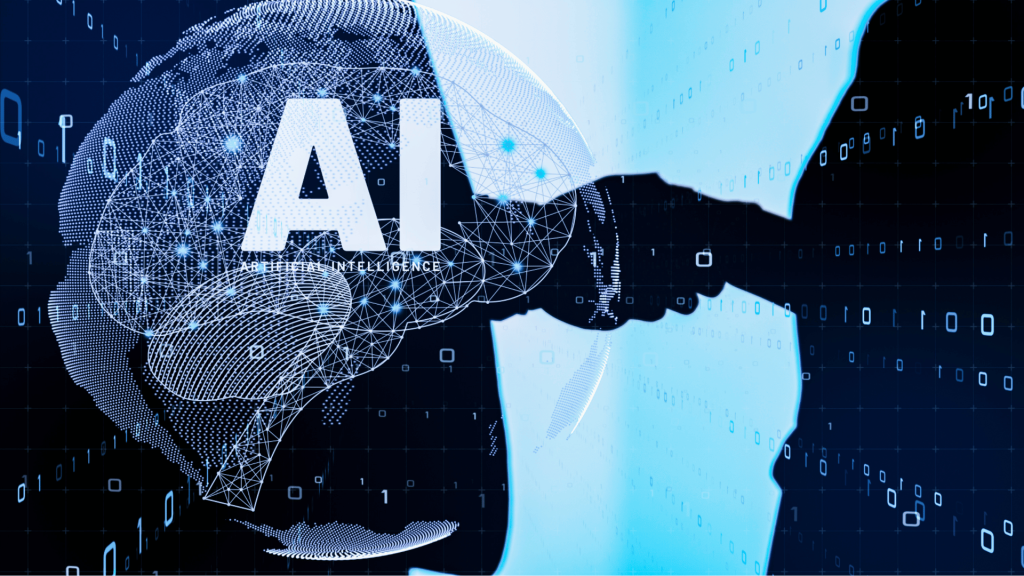The EU’s AI Regulation in 2025: A Bold Path or a Global Balancing Act?
Artificial Intelligence (AI) has become a transformative force reshaping industries, economies, and societies. As its influence grows, so does the urgency to regulate it effectively. The European Union (EU) has taken a pioneering stance, distinguishing itself from other global players like the U.S. and China by adopting a human-centric and ethical approach to AI governance. With the Artificial Intelligence Act (AI Act) now in effect and further regulations unfolding in 2025, the EU is setting the stage for responsible AI development while balancing innovation and compliance. But what does this mean for businesses, international collaborations, and the future of AI in Europe?
This blog explores the EU’s distinctive regulatory approach. Key upcoming AI laws in 2025, industry reactions, challenges, and its impact on global AI governance.
1. The EU’s AI Act: A Global First in AI Regulation
The Artificial Intelligence Act (AI Act)—the world’s first comprehensive AI law—officially came into force in August 2024. Unlike the United States’ market-driven approach or China’s state-controlled AI policies, the EU’s framework prioritizes human rights, transparency, and ethical AI use.
Key Pillars of the AI Act
The EU categorizes AI systems based on risk levels:
• Prohibited AI Practices – AI applications that pose unacceptable risks, such as social scoring systems, biometric mass surveillance, and manipulative AI that may cause psychological harm.
• High-Risk AI Systems – Use of AI in critical infrastructure, employment, education, law enforcement, and healthcare must meet strict compliance standards.
• Limited Risk AI – Applications based on AI requiring transparency, such as chatbots and generative AI (ChatGPT, Bard, Claude, etc.), must disclose their AI nature to users.
• Minimal or No Risk AI – Using AI in video games, spam filters, and customer service does not require regulation.
New AI Regulations Coming in 2025
From February 2025, additional provisions will take effect:
• AI system definitions and classification rules
• AI literacy requirements for companies and institutions
• Guidelines on high-risk AI models and compliance obligations
By August 2025, the EU will introduce new governance rules, obligations for
general-purpose AI models (like GPT-5 or Gemini), and extended transition periods for high-risk AI deployment.
This structured yet restrictive approach raises an important question: Is the EU hindering innovation or ensuring responsible AI growth?
2. The EU vs. the US: Contrasting AI Regulation Strategies
The EU and the U.S. have taken vastly different paths in regulating AI.
• EU: Focuses on regulation-first policies, prioritizing human rights and ethical AI development.
• U.S.: Adopts a market-driven approach, allowing companies to innovate freely with limited federal intervention.
>While American tech giants like OpenAI, Google, and Meta express concerns that EU regulations may stifle AI advancements, EU policymakers argue that structured governance will prevent AI risks before they escalate.
How Do These Differences Impact Global AI Development?
• Global AI Companies Must Adapt: AI firms operating in the EU must comply with strict rules, affecting business models and AI deployment.
• Tech Giants Lobby for Lighter Regulations: U.S. companies warn against over-regulation, urging policymakers to find a middle ground.
• Regulatory Fragmentation: With different laws in the EU, U.S., China, and UK, companies face compliance challenges across borders.
>The contrast between the EU and U.S. highlights a global debate—should AI be strictly controlled or left to evolve naturally?
3. International Collaboration: The EU’s Global AI Influence
Despite its independent approach, the EU recognizes the need for international cooperation in AI governance.
>Key International AI Agreements
• September 2024: The EU, U.S., and UK signed the first legally binding international AI treaty focusing on human rights and accountability.
• France AI Action Summit (February 2025): Paris will host world leaders, AI experts, and CEOs (Sam Altman, Sundar Pichai) to discuss AI’s future, risks, and ethical boundaries.
While the EU seeks global AI standards, the lack of enforcement mechanisms in treaties raises concerns—can voluntary agreements truly regulate AI?
4. Industry Reaction: Resistance or Compliance?
The AI Act has sparked mixed reactions from tech companies and startups.
>Tech Industry Pushback
• Nvidia’s Lawsuit Against EU Regulators: Nvidia challenged EU antitrust probes, arguing that the strict regulations hinder AI acquisitions and mergers.
• Dutch Software Firm Bird Leaving Europe: The startup announced plans to relocate its operations outside the EU, citing over-regulation and hiring challenges.
• Meta & Google’s Concerns: AI firms warn that compliance costs could slow down European AI innovation compared to the U.S. and China.
Compliance and Adaptation
While some companies resist, others are adjusting strategies to align with EU regulations:
• AI startups revamping data policies to meet transparency guidelines.
• Large enterprises investing in compliance teams to ensure AI projects meet EU standards.
• AI ethics consultancies gaining traction, advising firms on regulatory best practices.
The question remains—will these regulations drive AI businesses out of Europe or foster responsible AI growth?
5. Challenges Ahead: Can the EU Balance Innovation and Regulation?
While the EU’s AI Act is groundbreaking, it faces several challenges:
1. Bureaucratic Compliance Burden
• Startups fear high compliance costs may limit AI development in Europe.
• Complex approval processes slow down AI product launches.
2. Enforcement & Global Competition
• Ensuring companies follow EU AI laws outside Europe is a logistical challenge.
• The EU must balance strict rules with global AI competitiveness.
3. Defining AI Ethics & Risk Levels
• What constitutes high-risk AI is still debated.
• Subjectivity in risk classification may lead to legal conflicts.
Despite these hurdles, the EU remains committed to shaping the future of AI governance.
6. The Future of AI in the EU: What’s Next?
The EU’s AI Act will continue evolving, with further regulations expected in 2026 and beyond.
>Key Future Developments
✔️ Stronger enforcement mechanisms for AI accountability.
✔️ Updated rules on AI in defense, policing, and surveillance.
✔️ More investments in EU-based AI startups to counteract tech exodus.
>What This Means for Businesses & Innovators
✅ AI companies must integrate ethical and regulatory compliance from the start.
✅ Global firms operating in the EU must follow Artificial Intelligence AI transparency laws.
✅ Policymakers will likely refine laws to prevent overregulation.
The EU’s AI regulatory path is bold yet complex, aiming to balance safety, ethics, and innovation.
Final Thoughts: A Landmark Shift in AI Regulation
The European Union has set the tone for global AI governance, pushing for ethical Artificial Intelligence (AI) development while tackling potential risks.
• For AI companies: Compliance with EU laws is non-negotiable for market access.
• For global policymakers: The EU’s AI Act serves as a blueprint for future AI regulations worldwide.
• For society: The EU’s vision prioritizes human-centric AI, ensuring innovation serves the greater good.
>As AI continues to reshape our world, the EU’s approach will likely influence global AI policies, setting a precedent for responsible AI governance.
👉 What do you think—should AI be heavily regulated, or should innovation take precedence? Let’s discuss!
Compiled by: Jasleen Kaur




